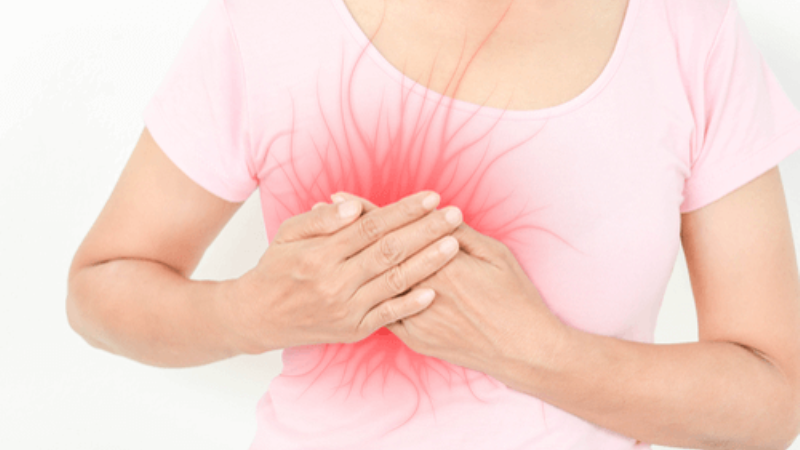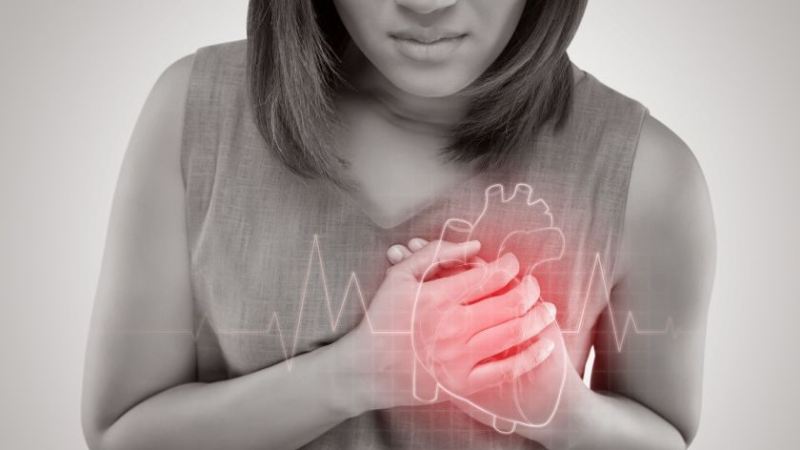Fibrocystic breast are lumpy or rope like in structure. These are previously called fibrocystic breasts disease. Now professionals do not call them as disease because fibrocystic breasts are not really a disease.
Breast is mainly made up of cells, connected tissues, and glands. Due to some changes that are triggered by the reproductive hormones, oestrogen, and progesterone – all produced in the ovaries, breasts feel lumpy and painful.
These breast lumps are caused by fibroids or cysts- both are benign (non cancerous). Breasts feel changes and these changes are called fibrocystic changes. Fibrocystic changes are not due to the cancer or not having risks of any disease.
Fibrocystic breasts aren’t really harmful or dangerous but women feel uncomfortable some time. More than half of women experience fibrocystic breast changes at some point in their lives.
Women of child bearing age commonly suffer from fibrocystic breast. But women of any age can also suffer from this fibrosis.
Symptoms of Fibrocystic Breasts
Many women don’t have any symptoms but some experience lumpiness, breast pain in the upper and outer area of breasts. Some common symptoms are:
- Lumps: Lumps is a mass of cells that move around quickly when you press that with fingers. They are commonly found in upper area of breast.
- Cysts: Cysts are sac-like filled with fluids rather than masses of cells.
- Abcesses: Abcesses are painful collection of pus under the skin of breasts. Symptoms of abcesses are pain, redness and swelling.
If you have any fibrocystic breast symptom, your breast are likely to swell. The size of lump may vary during menstrual cycle.
Another symptom associated with fibrocystic breast is leaking of liquid through the nipples.
If you have any of above symptom, it is important to visit a doctor https://www.livebetx.com. He/she will prescribe you any treatment depending on your symptoms, some tests, medical condition and family history also.
A part of skin tissue is removed and examined under microscope to know the actual condition. In some cases only scanning is sufficient.
If problem is severe (size of lump is large), doctor may also tell you that removal is the last option.




